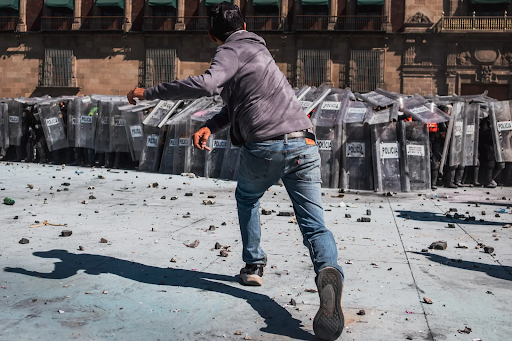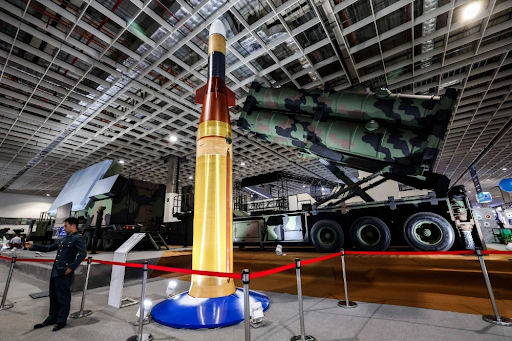



Gen Z protests have erupted in Mexico after the assassination of Uruapan’s mayor, Carlos Alberto Manzo Rodríguez. Mobilised online, the non-partisan movement denounces systemic violence and rejects Sheinbaum’s “hugs, not bullets” policy. Government claims of right-wing backing have heightened the political standoff.

Copyright infringement not intended
Picture Courtesy: INDIANEXPRESS
Generation Z (born 1997-2012) is leading digitally amplified social protests in Mexico, demanding systemic change and accountability for violence, impunity, corruption, and inequality.
Social media platforms like TikTok, X (formerly Twitter), and Instagram are central to Gen Z activism. They are used for rapid mobilization, real-time documentation of abuses, and shaping narratives to bypass traditional media.
|
Core Issue |
Key Actions & Demands |
Significance |
|
|
Gender-based violence and femicide. |
On International Women's Day, nationwide "A Day Without Us" strikes, and viral social media campaigns demanding victim justice and legal reform. |
Highlighted gender violence nationally, aiding legal reforms and symbolizing feminist resistance across Latin America. |
|
|
forced disappearances, and impunity. |
Protesters demand military release key documents and the state be held accountable. |
Symbol of state collusion with organized crime, lacks justice, fueling deep distrust in state institutions. |
|
|
Environmental destruction and indigenous rights. |
Youth groups are using legal action, protests, and social media to expose the environmental damage of the infrastructure project, which includes deforestation and pollution of unique ecosystems. |
Highlights the clash between the state's development model and the environmental and social justice priorities of the younger generation. |
|

The Mexican Gen Z movement is part of a global wave of youth discontent (eg. Nepal Protest). The issues—state violence, economic issues, environmental concerns, and demands for social justice—resonate worldwide.
Shared Grievances: Like in Nepal and Mexico, Indian youth face challenges of high unemployment, concerns over women's safety, and conflicts over developmental projects impacting the environment.
Digital Activism: The use of social media as a primary tool for mobilization and dissent in India, seen in various student and social movements, mirrors the tactics employed by Nepal and Mexican youth.
Core Lesson: Nepal and Mexico shows that neglecting a large, connected, and frustrated youth demographic's demand for justice, security, and economic opportunity risks social and political instability in any democracy.
Source: INDIANEXPRESS
|
PRACTICE QUESTION Q. ‘Social media has democratized dissent but also created new challenges for state stability.’ Discuss this statement in the context of recent youth-led protests seen across the world. 150 words |
Protests stem from femicide and gender-based violence, deep state distrust over unresolved disappearances (e.g., Ayotzinapa 43), economic hardship, and environmental damage from government megaprojects like the 'Tren Maya'.
Gen Z's distinct activism is digitally native, utilizing social media for fast, decentralized mobilization (e.g., #NiUnaMenos). It is largely leaderless and intersectional, linking gender violence, state impunity, and environmental justice. Key to its message are powerful symbolism and performance art, such as green bandanas for abortion rights.
Mexico's controversial 1,525-km 'Tren Maya' railway is criticized by environmentalists and indigenous groups for destroying the Mayan jungle, cenotes, and biodiversity. The government has used "national security" to bypass environmental regulations and court orders, sparking youth resistance.







© 2025 iasgyan. All right reserved